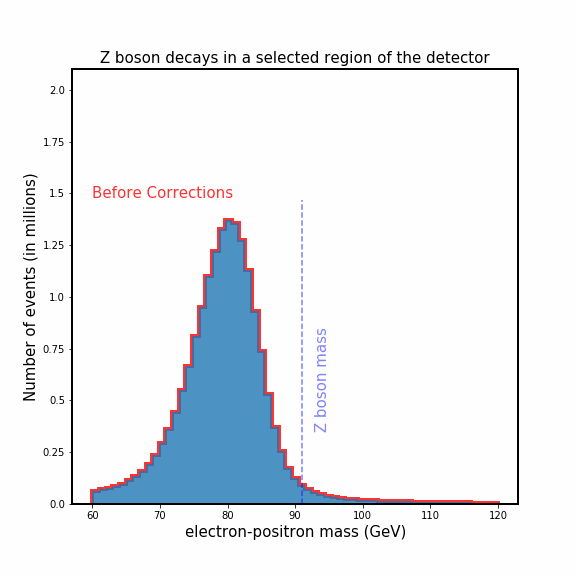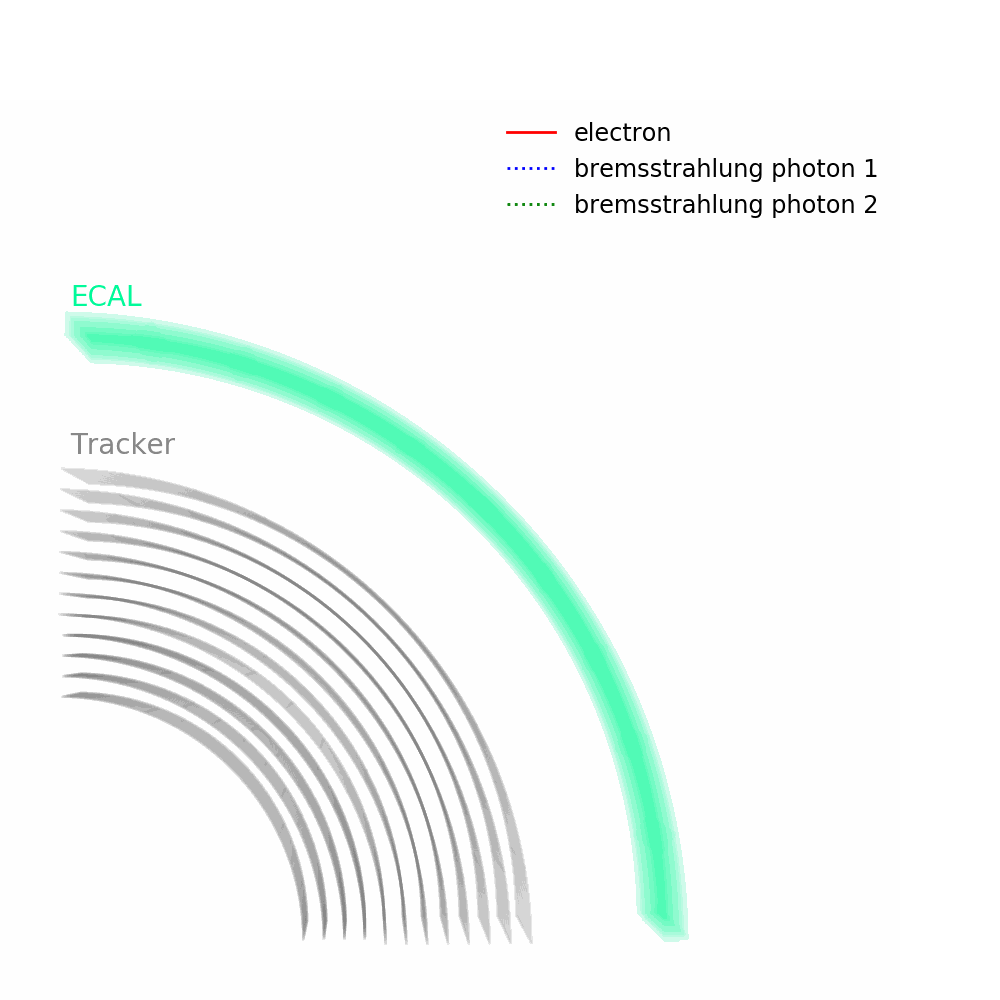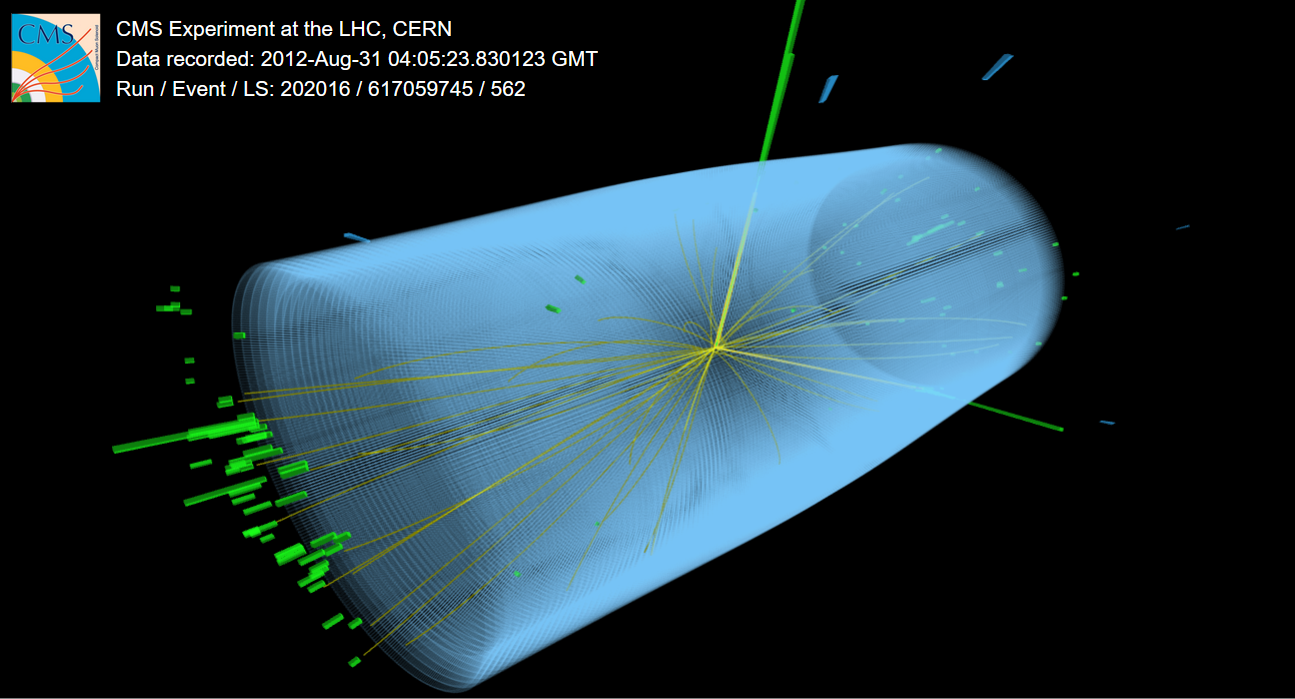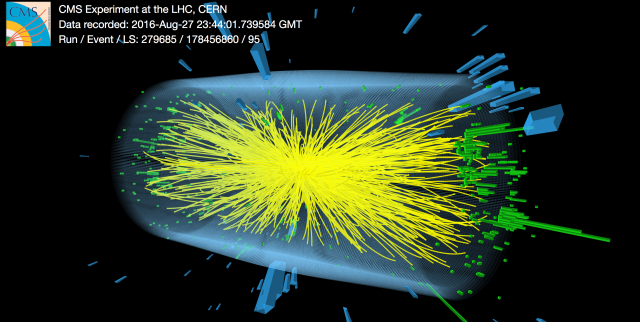About me

I work at the crossroads of software development, data science, and AI. My background spans data science, software development, and physics, so you might say I wear multiple hats. Currently, I’m helping Ensono to integrate advanced data engineering, analytics, and machine learning into their automation solutions. In this role, I create AI/ML powered software pipelines that help engineers quickly assess issues, prevent failures, and streamline critical processes.
I used to be an experimental particle physicist. I used to work on the CMS experiment which is located along the Large Hadron Collider at CERN. As a research associate working for the Institute of High Energy Physics (Chinese Academy of Sciences), I was based out of the CERN Meyrin campus. I also served as a Level-2 co-convener in E/Gamma POG E/Gamma physics object group. The E/Gamma group is responsible for the review and recommendation of proper electron and photon object usage in the CMS collaboration.
 |  |
| The figure shows the improvement of the distribution of the electron-positron pair mass from Z boson decays, recorded in the forward electromagnetic calorimeter of CMS. The distribution before corrections is shown in red (i.e. right after the clustering algorithm) and the final distribution in blue after all the corrections (including machine learning and detector response equalisation). | An electron (and its bremsstrahlung photons) passing through the tracker and creating clusters of energy in the electromagnetic calorimeter (ECAL). |
 |  |
